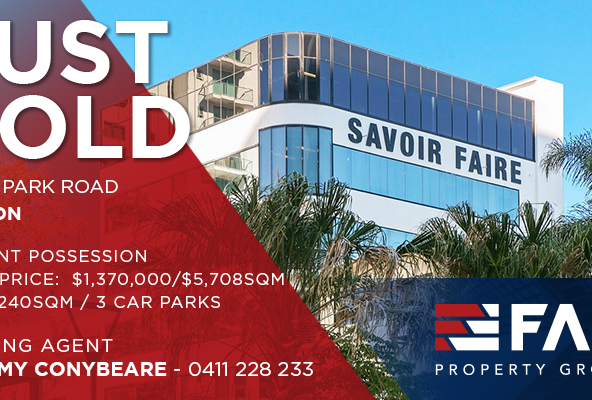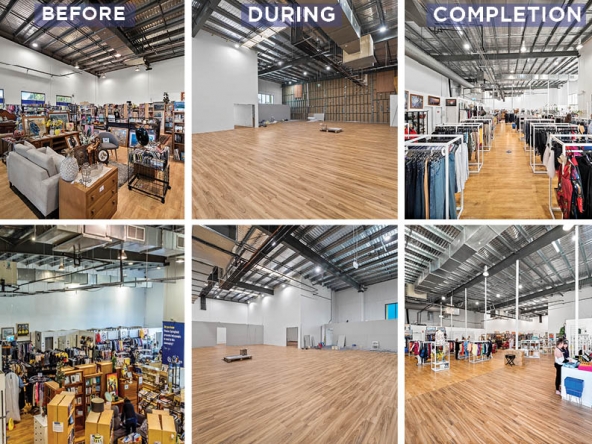
If you own or are considering owning an investment property in Brisbane, take the time to consider your investment targets and then look at the ways you can add value to a property as an investment over time.
There are quite a few good ways that you can boost property value, so set your plan and move on the opportunities that you can see.
So where do you start? First and foremost, you must know the local precincts and the property types in which you prefer to invest. That is a researching process to be undertaken by some analysis of sales, rental results, and advertisements both online and offline for the location. You have various sized properties in office, industrial, and retail.
It can be said that industrial type properties are at the basic end of asset performance, and retail is at the complex end. The same rules apply with construction costs for the assets. To help you understand construction costs in each capital city or state location, you will find online assessments of construction costs; the reports are usually published regularly by some of the larger nationally based ‘quantity surveyors’.
Set your location first so you know exactly where you want to find the property or investment that you are looking for. The location will be set by main roads, and perhaps some geographical boundaries. Suburbs can then be identified. Spit your investment territory into ‘primary zones’, and ‘secondary zones’. You will then know where to focus your property research.
Understand how many properties could be in your primary zone of investment. With that information, you can then look at the following factors:
- Better tenants – some corporate tenants can bring strengths to your investment with their brand and lease tenure. Always consider the tenant profiles and corporate governance when purchasing a property with tenants in situ. To help with that, you can also get a copy of recently released financial reports of any public company. Search the internet for any news stories for the business and tenant. Be careful of any situations where a business type could be under strain given economic pressures, raw material costs, and staffing or operational issues. The message here is that you should ask questions.
- Property improvements – tenants expect the best when it comes to property improvements, services, and amenities. Add to that a general focus on operating costs and energy. Look at a property from the aspects of ownership and occupancy. Would you consider the property and its improvements are in good condition?
- Improved leases – most leases can be improved through the initial negotiation process. When you have a lease to negotiate, work on the lease clauses; then consider the risk factors of the document. That focus will help you protect your rental and property operations over time. A good lease can not only protect your investment, but it can also make your property more saleable when the time comes.
- Escalating rental income – understand the current rental figures in all the leases. Check out the rent review conditions in each lease, to see how the rent can improve over time. Importantly, look at the passing rent today and consider how close it is to the prevailing market rent. The property could be over-rented, or under rented. You need to know that bias.
- Expansion of lettable space – perhaps the building and or property can be expanded. The costs of expansion can be compared to the improved passing income from the extra rented space. Study the supply and demand factors for the location and property type; that study will help with estimating the leasing downtime as you wait to find a new occupant for your new space. As part of leasing the extra space, you will have commissions to pay, marketing costs, incentives to provide, increases in property operation costs (outgoings), and lease documentation fees. They are all quantifiable.
- Control outgoings – most property operating costs can be reviewed and controlled. That is where a budget for the asset comes in handy. Know the averages of outgoings per unit of area for the property type. See how you can realistically manage your property operating costs for an improvement in net income. From that point, you can work to a budget. The rates and taxes component for an investment property represent about one-third of the outgoings. Check them out to ensure that you are ‘within the averages’.
- Reduce vacancy risk – you can reduce the vacancy risk in an asset by implementing a leasing program and a tenant retention program. Keep your good tenants, and introduce other new targeted tenants to the property when vacancies allow. Spend time on tenant assessments and review. Look at the upcoming lease expiry dates and see how those dates could impact your cash flow.
John Highman, Specialist Senior Commercial and Retail Property Agent.



